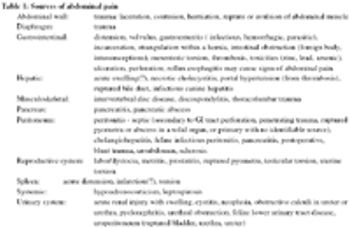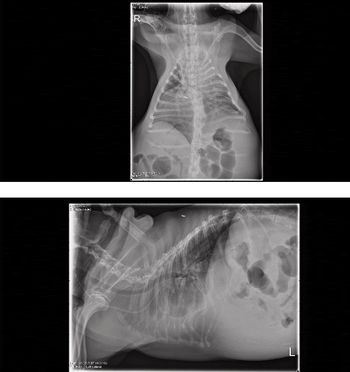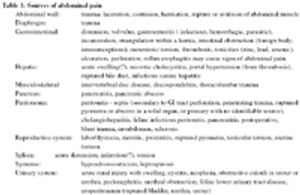
Trauma is perhaps the most instantly recognizable cause of acute pain in man and animals and is a common cause of critical illness.

Trauma is perhaps the most instantly recognizable cause of acute pain in man and animals and is a common cause of critical illness.

"Acute abdomen" is widely understood by clinicians as a potentially serious syndrome that is typically accompanied by spontaneous and evoked behavioral signs of pain.

In spite of the fundamental importance of auscultation to the physical exam, there has been surprisingly little effort made to teach and standardize how the examination is performed, how to interpret results, and how to communicate those results between professionals.

When presented with animals with evidence of renal dysfunction (as evidenced by elevated serum creatinine concentration), there are a few considerations.

Critical care includes around-the-clock nursing and support for vital organ function.

It is important to remember that pain is an experience, not a neurologic process.

Systemic inflammatory response may be present in animals with a consistent history and clinical characteristics, and with any three or more of the following findings.

It is suspected that mammals generally adopt a respiratory pattern that meets their metabolic needs with the least metabolic energy cost.

In this lecture I will outline how to formulate a plan for fluid therapy for supportive care of sick animals using the three classic goals of fluid therapy.

When first alerted to a patient presenting in crisis, the goal of the initial examination is to rapidly identify any imminently life-threatening problems via a streamlined, efficient, clinical examination.

Published: August 1st 2009 | Updated:

Published: August 1st 2009 | Updated:

Published: April 1st 2009 | Updated:

Published: April 1st 2009 | Updated:

Published: April 1st 2009 | Updated:

Published: April 1st 2009 | Updated: